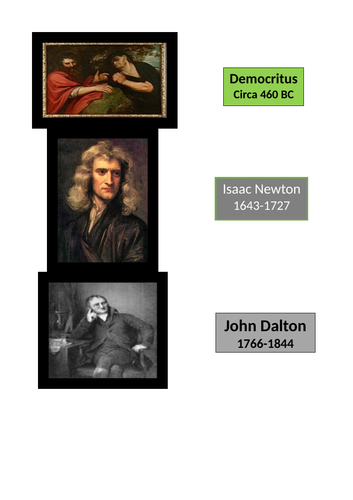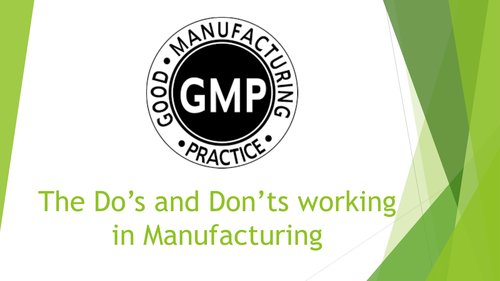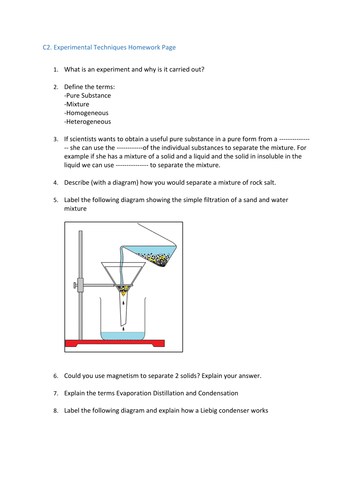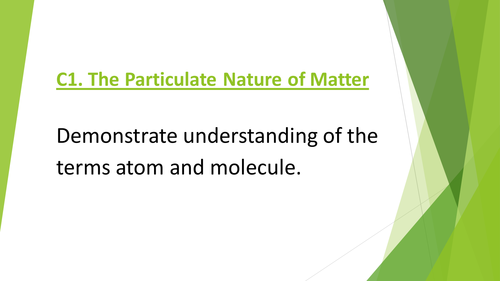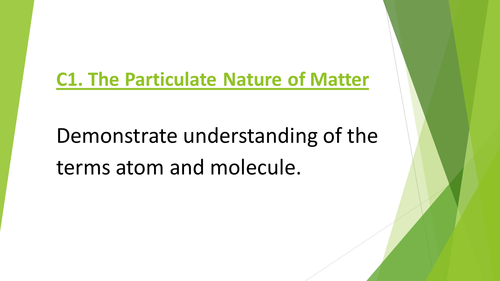IGCSE101
Hello, I hope you find my lessons covering the iGCSE CIE Cambridge 0653 Combined Sciences course helpful. I have noticed my lessons do not show much preview ( just first and last page) so please contact me if you wish to see more slides from any of the presentations.





